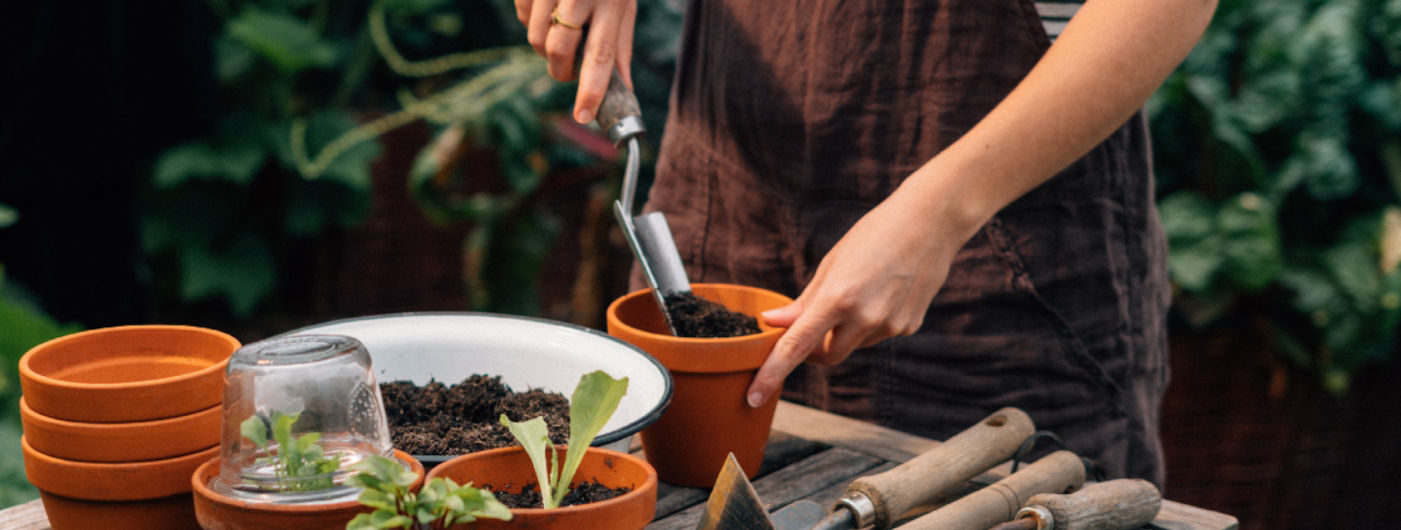What a germination test is and how to do one
It happens to all of us: you don’t use up all the seeds in a seed packet at once and the next year you’re wondering if the seeds you’ve got left are still viable. Many producers print a best-before or use-by date on the packet, which can be a helpful guide. But if you want to know for sure then you can simply test the seeds for viability with a germination test.
The best time for germination testing is winter and early spring. Generally there’s not so much to do in the garden then – and you’ll want to know whether the seeds are viable before you start your springtime sowing.
To carry out a germination test you’ll need:
- A shallow seed tray – or a shallow dish or plate.
- Very absorbent multilayered paper – ordinary kitchen roll is ideal.
- A transparent plastic bag your dish will fit inside – or a mini-propagator if you already have one. Covering the dish with cling film will also work.
- A spray bottle with water
- Seeds for testing
- Labelling materials if needed
How the germination test works
- Line the seed tray or dish with kitchen roll.
- Dampen the kitchen roll with the water spray – the paper should be thoroughly dampened but not standing in water.
- Count out at least 10 seeds and distribute them over the damp paper. The number of seeds you use will depend how many remain in the packet – if there are more than 100 then more seeds can be tested. It’s important to count how many seeds you’re testing, though.
- If you’re testing different varieties we recommend keeping them clearly separate from each other and labelling them.
- Now place the entire dish in the propagator or plastic bag, or cover it with cling film. If you’re using cling film you should pierce a few small holes in the film with a toothpick or similar item to stop mould developing.
- Place your seed ‘incubator’ somewhere preferably warm and bright. It’s helpful here to know the ideal germination conditions these particular seeds need, in terms of temperature and light – try to replicate these conditions for your test dish.
- Now it’s all about waiting. Sometimes your seed packet will provide information on germination times. Most seeds germinate in a timespan ranging from a few days to three weeks. Check the moisture level every few days. The paper shouldn’t dry out at any stage and might need to be re-dampened.
- After the germination time has lapsed, or after three weeks at most, count how many seeds have germinated and calculate the percentage of germinated seeds relative to the total number sown at the start.


